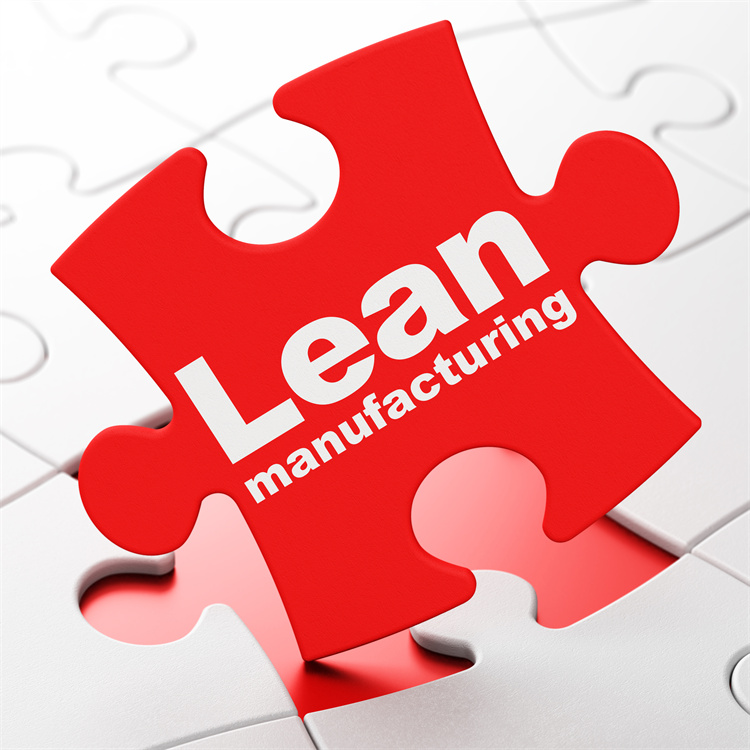How Lean Approaches Can Enhance Supply Chain Performance

When it comes to supply chain efficiency, every detail matters. Lean approaches help by reducing waste and increasing productivity. Imagine improving productivity by 7-8% each year like Toyota did with Lean techniques! Companies like Nike have made their supply chains better, gaining from lean principles. Today, we explore how these methods can change your supply chain performance, making customers happier and increasing profits too.
Understanding Lean Approaches
Definition and Principles of Lean
Core Principles of Lean
Get rid of waste in processes.
Always try to improve for better efficiency.
Respect people and their work.
Historical Background and Evolution
Lean production or lean manufacturing means cutting out waste. This idea started in the early 1900s when Henry Ford created the assembly line, making production faster.
Key Lean Methodologies
Just-In-Time (JIT)
JIT makes goods only when needed, cutting extra inventory.
Matches production with real customer needs quickly.
Kaizen (Continuous Improvement)
Makes small changes often to keep getting better.
Builds a culture where new ideas and efficiency grow.
Value Stream Mapping
Shows how materials and information move in the supply chain.
Finds ways to improve and make processes faster.
The Role of Lean in Supply Chain Management

Enhancing Efficiency
Reducing Waste
Making the supply chain work better is key for supply chain efficiency. By cutting out unneeded steps and focusing on important tasks, companies can cut waste and boost productivity. One big part is to find and fix slow spots that stop smooth operations.
Streamlining Processes
To make the supply chain better, we need to simplify things. This means making hard tasks easier, setting standard ways to do things, and making sure all parts of the supply chain work well together. By improving how materials and information move, companies can be quicker and meet customer needs better.
Improving Responsiveness
Faster Turnaround Times
Getting goods to customers faster shows a good supply chain. Using lean methods helps move products from making them to delivering them quickly. This cuts waiting times and makes customers happy. Watching things in real-time and quick decisions help respond fast to market changes.
Better Demand Forecasting
Guessing what customers want is crucial for good supply chain management. Lean ways stress matching production with real customer needs using data and predictions. With technology and teamwork, businesses can predict demand changes better and adjust their actions.
Increasing Flexibility
Adapting to Market Changes
Being flexible helps handle today's changing markets. Lean supply chains are built to change fast when needed, helping companies react quickly to new trends or problems. By encouraging new ideas and being quick, organizations stay ahead.
Customization Capabilities
To meet different customer needs, supply chains must be able to customize well. Lean ideas support designs that can change easily, flexible production methods, and responsive delivery systems that fit specific needs. Offering custom solutions efficiently builds customer loyalty and supports growth.
Practical Uses of Lean in Supply Chains
Real-Life Examples
Successful Uses
Lean Supply Chain and Logistics Management: Shows big improvements and savings.
Companies using Lean tools in supply chains have seen great results. They save money by making things simpler, like Toyota did, while keeping good quality.
Using Lean methods helps companies make their work better, cut waste, and be more efficient. This not only saves money but also makes customers happy with on-time deliveries and better service.
Lessons Learned
Supply Chain Management Case Studies: Growing steadily and doing well.
Learning from real-life supply chain stories shows how important it is to keep getting better. Companies using Lean ideas grow well by cutting waste and adding value.
These stories show that matching supply chain plans with business goals leads to success. By focusing on what customers need, companies can work better, be more productive, and make more money over time.
Tools and Techniques
Lean Six Sigma
Lean Supply Chain Management Practices: Helps cut costs, speed up work, and improve quality.
Many companies mix Lean ideas with Six Sigma methods to make their supply chains better. This helps them find problems, fix them with data solutions, and keep checking how they are doing.
Using Lean Six Sigma tools helps companies make their processes smoother, reduce mistakes, and do a better job overall. This means saving money while making higher-quality products that customers like more.
5S Methodology
Using Lean Supply Chain Management: Getting better performance at lower costs with more productivity.
The 5S method in supply chains focuses on keeping workplaces neat for efficiency. By sorting things out, organizing well, cleaning up (5S), companies can keep improving and cutting waste.
Using the 5S method leads to higher productivity, shorter wait times for products, and safer workplaces. This organized way of working supports new ideas and excellence.
Challenges and Considerations
Common Obstacles
Resistance to Change
When using lean methods in supply chains, a big problem is change. People like their usual ways and might not want new methods. To fix this, explain the good things about lean and get workers involved.
Implementation Costs
Another issue is the cost of starting lean practices. Training, new tech, and changes can be expensive at first. But these costs are worth it later with better efficiency and less waste.
Strategies for Overcoming Challenges
Employee Training and Engagement
To help with change, give workers good training. Teach them why lean is good and let them help make decisions. This makes them more interested in improving.
Continuous Monitoring and Improvement
Keep checking how things are going to make lean work well. Look at how processes are doing, find slow spots, and keep making small fixes. This helps companies stay ready for market changes.
Implementing lean supply chain management brings many benefits to companies. By cutting waste, businesses can work better, save money, and make customers happier. Lean methods also help control inventory better, shorten wait times, and improve quality. Lean supply chains can quickly adapt to market changes, helping companies meet customer needs and respond fast to business changes.
See Also
Efficiently Navigating High-Tech Manufacturing Logistics for Success
Revealing 5 Cutting-Edge Techniques for Optimizing the Supply Chain
Optimizing Supply Chain Costs: The Economic Perspective
Unleashing Savings in Logistics: Insider Tips for Efficient Supply Chains
Efficient Solutions for Addressing Supply Chain Challenges in High-Tech Manufacturing
